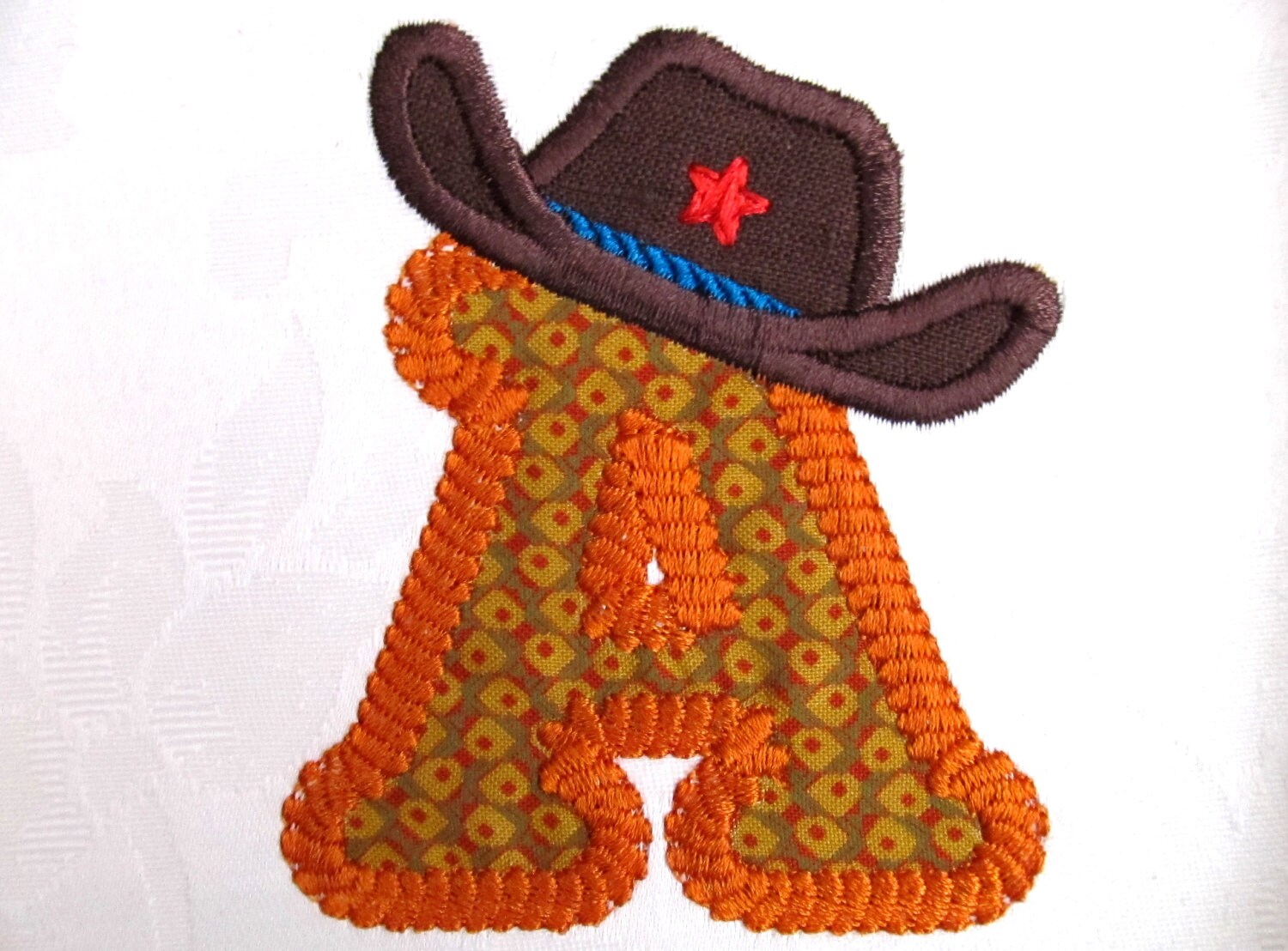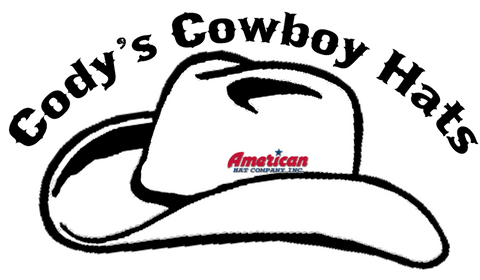

The Mexican cowboy boots only came in three styles, rounded toe, pointed toe, and tribal toes, while the Americans offer many more styles. Mexican vaqueros probably developed cowboy boots from the Spanish riding boots. Military boots designed for cavalry riders also had an influence. Americans most likely adopted cowboy boots from Northern Mexico, and later came the cowboy boots we know today. The boots worn by Mexican vaqueros influenced cowboy boots, although the exact origin of the modern cowboy boot as we know it today is unclear. Early cowboy boot designs, along with other cowboy accouterments, were also heavily influenced by the vaquero tradition that developed from a tradition that originated in Spain to the Americas, dating back to the early 16th century. Until the industrial age, boots were individually handmade in many different styles, depending on the culture. Riding boots had been a part of equestrian life for centuries. History Lottie Briscoe in 1914 wearing cowboy boots

They usually have some decorative stitching. Still, lacing also creates safety issues for riding. The roper style is also manufactured in a lace-up design which often fits better around the ankle and is less likely to slip off. Roper boots are usually made with rounded toes, but styles with squared toe correlate with style changes in streetwear. The "roper" style is a newer design with a short boot shaft that stops above the ankle but before the middle of the calf, with a very low and squared-off "roper" heel, shaped to the sole of the boot, usually less than one inch high. The narrow pointed-toe design appeared in the early 1940s. The toe of western boots was originally rounded or squared in shape. A slightly lower, still angled, "walking" heel is also common. The classic style is distinguished by a tall boot shaft, going to at least mid-calf, with an angled "cowboy" heel, usually over one inch high. There are two basic styles of cowboy boots, western (or classic), and roper. Cowboy boots are normally made from cowhide leather, which may be decoratively hand-tooled, but are also sometimes made from "exotic" skins like alligator, snake, ostrich, lizard, eel, elephant, stingray, elk, buffalo, and so on. They have a high heel that is traditionally made of stacked leather, rounded to pointed toe, high shaft, and, traditionally, no lacing. JSTOR ( August 2018) ( Learn how and when to remove this template message)Ĭowboy boot embellished with decorative mirrored text embroideryĬowboy boots are a specific style of riding boot, historically worn by cowboys.Unsourced material may be challenged and removed. Please help improve this article by adding citations to reliable sources.

K TOE This is a rounded toe with a defined squared off outsole for contrast.This article needs additional citations for verification. Z TOE The narrow rounded toe is close to a common dress shoe as it narrows.Ģ TOE A more narrow rounded toe that almost comes to a point is found on traditional western styles. X1 - FRENCH TOE Found on dress boots this rounded toe abuts a squared off outsole for a distinguished look. R - ROPER TOE The roper toe is rounded and has a u-shape that is most like a normal shoe toe shape.Ĭ TOE Similar to the roper toe, the C toe has a slightly less rounded u-shape often found on work boots.

S5 - 5 TOE WITH A SPRING Our 5 toe with a pronounced upward curvature of the toe box. S TOE Found on dress and casual styles this rounded toe abuts a squared off outsole for a distinguished look. (⅞” wide)Ħ MEDIUM ROUND TOE A traditional rounded western toe, it is timeless and elegant.ĥ - SNIP TOE Originally made for getting in and out of a stirrup, the snip toe is pointed for a traditional look. (1 ½” wide)ħ WESTERN SQUARE TOE A modern take on the classic western style, this square toe is one of our most popular. W TOE Our modern square toe is found on walking & riding boots and is known for its comfort. Q TOE Modeled as a hybrid toe, it is highlighted by its squared-off edge and low profile. Lucchese offers a variety of toe shapes and heel styles so every customer can find a boot well-suited for his or her particular lifestyle and personality.


 0 kommentar(er)
0 kommentar(er)
